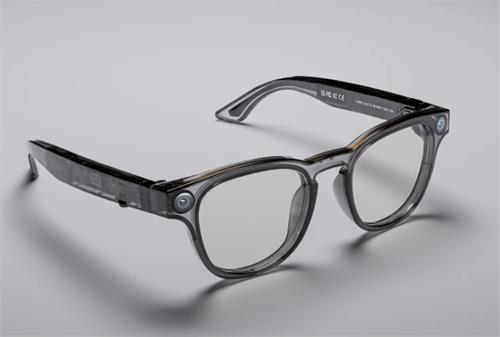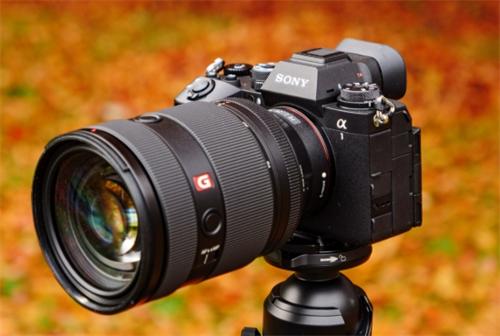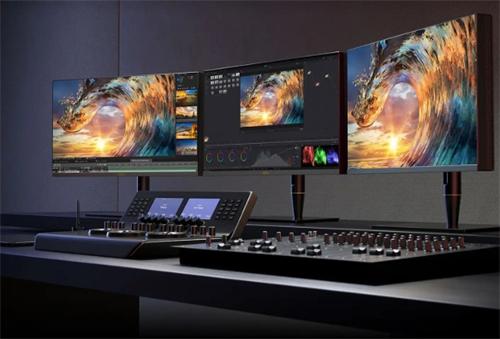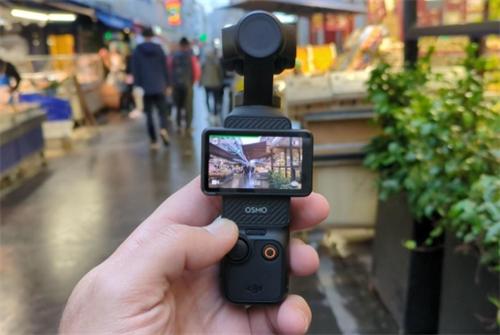Mini LED Joins the High-End Laptop Lineup: What Gives It the Confidence to Challenge OLED?
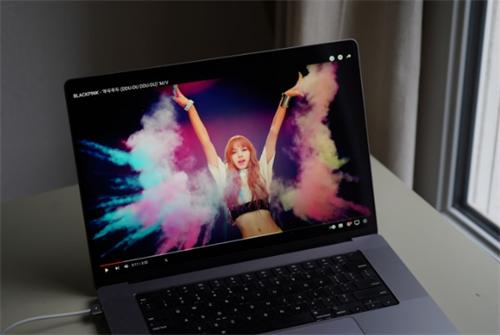
In recent years, Mini LED displays have been making a formidable entry into the high-end laptop market, going head-to-head with OLED technology. From Apple’s MacBook Pro to ASUS’s ProArt Studiobook and Lenovo’s ThinkPad X1 Extreme, major manufacturers are now equipping their flagship models with Mini LED screens. Behind this wave of display innovation lies a series of breakthroughs in brightness, contrast, and lifespan, redefining the visual experience standards for premium laptops.
Technological Breakthroughs: The Core Strength of Mini LED
Compared to traditional LCDs, Mini LED significantly reduces the size of the backlight LEDs to the micron level while vastly increasing their number. For instance, the newly released ASUS ROG series features 1,024 dimming zones—far surpassing the dozens found in typical LCDs.
The most immediate benefit of this fine zoning is a substantial boost in brightness. Mini LED displays commonly reach peak brightness levels above 1,000 nits, with some models—such as MSI’s Titan GT77 HX—earning the VESA DisplayHDR 1000 certification. In comparison, standard LCD laptop screens usually top out around 500 nits, falling short of HDR content requirements. This makes Mini LED particularly advantageous in outdoor or high-brightness environments.
Contrast performance is another standout feature. With independent control over each dimming zone, Mini LED can completely shut off backlight in dark areas, achieving near-OLED “true black” levels. While it doesn’t quite match OLED’s pixel-level precision, the high-zone-count Mini LED displays can achieve contrast ratios exceeding 100,000:1—well above the 1,000:1 typical of standard LCDs. The newly released Razer Blade 16 exemplifies this with its ultra-high contrast Mini LED display, delivering a stunning visual experience.
Applications: A Win-Win for Creators and Gamers
For professional creators, Mini LED displays are ideal creative companions. With 100% DCI-P3 wide color gamut coverage ensuring accurate color reproduction, and high brightness and contrast enhancing detail, they significantly improve post-production efficiency and quality. Take the ASUS ProArt Studiobook, for example—its Mini LED display vividly renders every detail of visual content. Lenovo’s latest ThinkBook 16p, featuring a 3.2K resolution 120Hz Mini LED screen, similarly targets the creative professional market.
Gamers also benefit greatly from Mini LED technology. High dynamic range (HDR) makes game visuals more immersive, bringing out both shadow details and bright highlights. Acer’s Predator Helios 16/18, with its 250Hz refresh rate Mini LED screen and 1,000-nit peak brightness, offers esports enthusiasts a fluid, high-performance experience. MSI’s Titan GT77 HX takes things further with a 4K 144Hz Mini LED display that sets a new benchmark in gaming visuals.
Importantly, Mini LED solves the traditional LCD’s narrow viewing angle issues while avoiding OLED’s potential burn-in and brightness degradation. This makes it especially suited for productivity scenarios involving long static screen usage or multi-user collaboration. ASUS’s ProArt series leverages this strength to provide a stable, reliable display solution for professionals.
Market Trends: A Top-Down Display Revolution
Leading brands such as ASUS, Lenovo, MSI, Acer, and Razer introduced high-end Mini LED-equipped models across gaming, content creation, and business segments. Behind this rapid adoption is the maturation of the Mini LED supply chain and a steady decrease in production costs.
The next generation will feature smaller LED chips and more precise drivers, narrowing the visual gap with OLED. At the same time, improvements in thermal design and power management are making Mini LED more viable for slim and lightweight laptops. Razer’s innovative dual-mode Blade 16 display—which switches between 4K 120Hz and 1080p 240Hz—showcases this flexibility.
According to market research firm DSCC, Mini LED panels are projected to reach a 5% penetration rate in the laptop market in 2023, with rapid growth expected in the coming years. This top-down adoption mirrors the path of high-refresh-rate displays a few years ago. As economies of scale kick in, Mini LED is likely to expand from premium models into more mainstream price segments.
Looking Ahead: Mini LED vs. OLED and the Road to Micro LED
Mini LED’s rise doesn’t spell the end for OLED. Each technology has its strengths: OLED leads in contrast and response time, while Mini LED excels in brightness, lifespan, and cost-effectiveness. This differentiation will drive healthy competition and technological progress in the display industry.
In the long run, Mini LED is poised to serve as a key transitional step from LCD to Micro LED. It maintains LCD’s mature manufacturing base while introducing localized dimming similar to Micro LED, striking a compelling balance between performance and cost. With continuous innovation, Mini LED is expected to become the display standard for high-end laptops in the next 3–5 years, delivering an exceptional visual experience to users.
Recommended for you:
